Cruise, an autonomous vehicle manufacturer owned by General Motors (GM), has unveiled an electric self-driving shuttle called the Origin.
The vehicle has been designed as part of the American company's commitment “to improving life in cities” and will form the basis of a new public mobility service being rolled out in San Francisco, California.
The Origin, which is said to be capable of operating at up to motorway speed, was developed with backing from GM and financial support from Honda.
There's no steering wheel or pedals in the four-seat interior, which places an emphasis on space and comfort and features several USB ports and display screens to encourage passengers to relax or work during their journey. Additionally, the side doors slide open to minimise risk to pedestrians and make loading bicycles easier.
Few technical details have been revealed, but a modular construction suggests that new bodyshells can be mounted on the Origin's platform as needed. It's also likely that it uses technology and hardware from the Volt, an electric hatchback produced by Chevrolet.
At the unveiling, Cruise CEO Dan Ammann confirmed that the Origin is production-ready and intended to be used for a new ride-sharing service. The company claims the shuttle has an operating life of a million miles and could save San Francisco residents up to $5000 (£3830) per year compared to private car ownership.
Ammann added: “We’ve been just as obsessed with making the Origin experience as inexpensive as possible, because if we’re really serious about improving life and our cities, we need huge numbers of people to use the Origin. And that won’t happen unless we deliver on a very simple proposition, a better experience at a lower price than what you pay to get around today.”
It's not yet known when the autonomous taxi service will begin operating. The Origin doesn't yet meet standards imposed by the Federal Motor Vehicle Safety Standards organisation, which approves cars for use on public roads in the US, so it's for now restricted to internal use at GM and perhaps Honda facilities.
Read more
What has General Motors ever done for us?

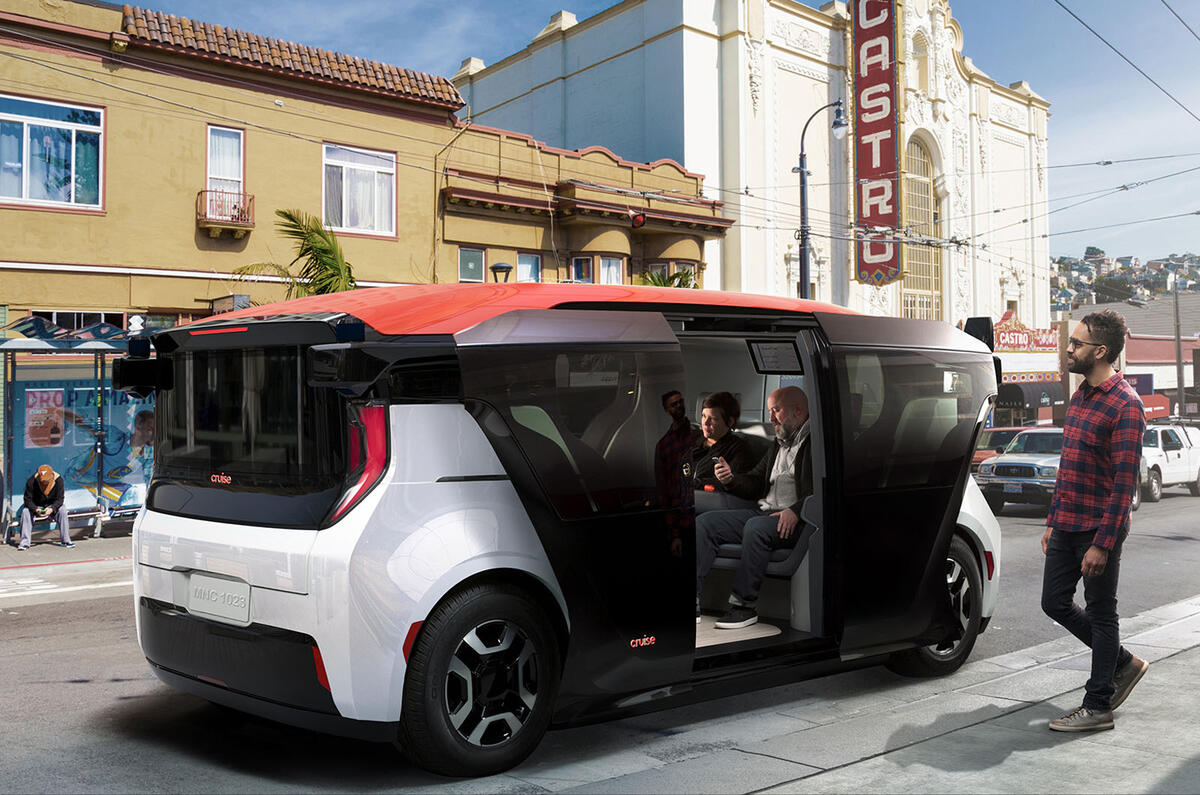
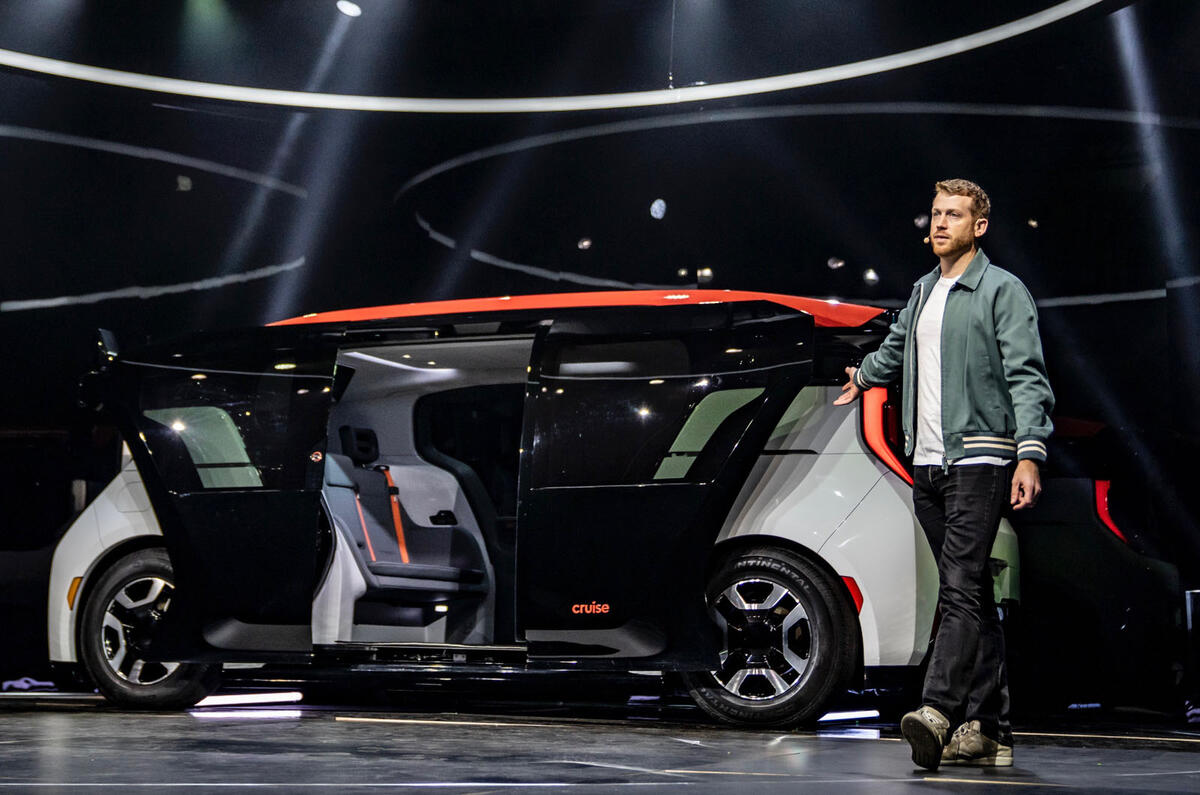

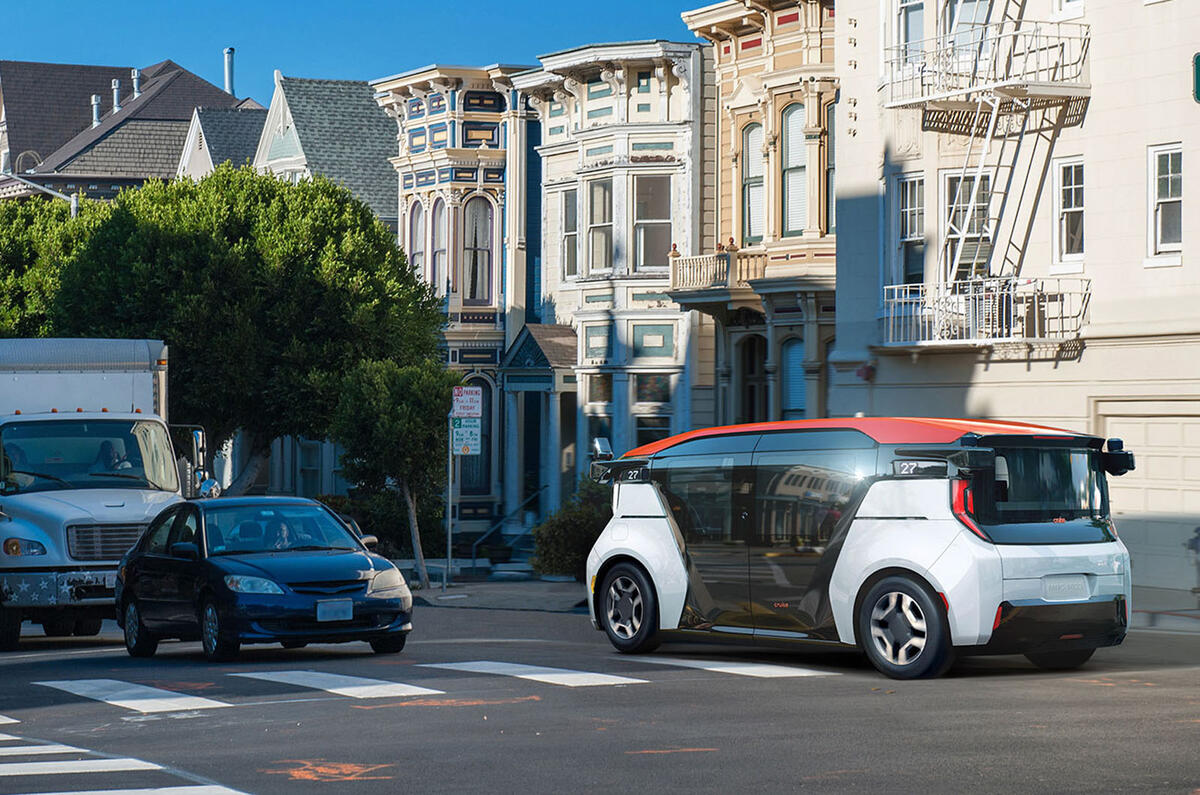
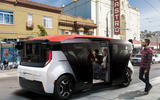

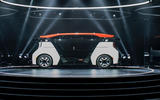
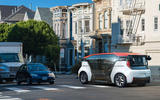






Add your comment